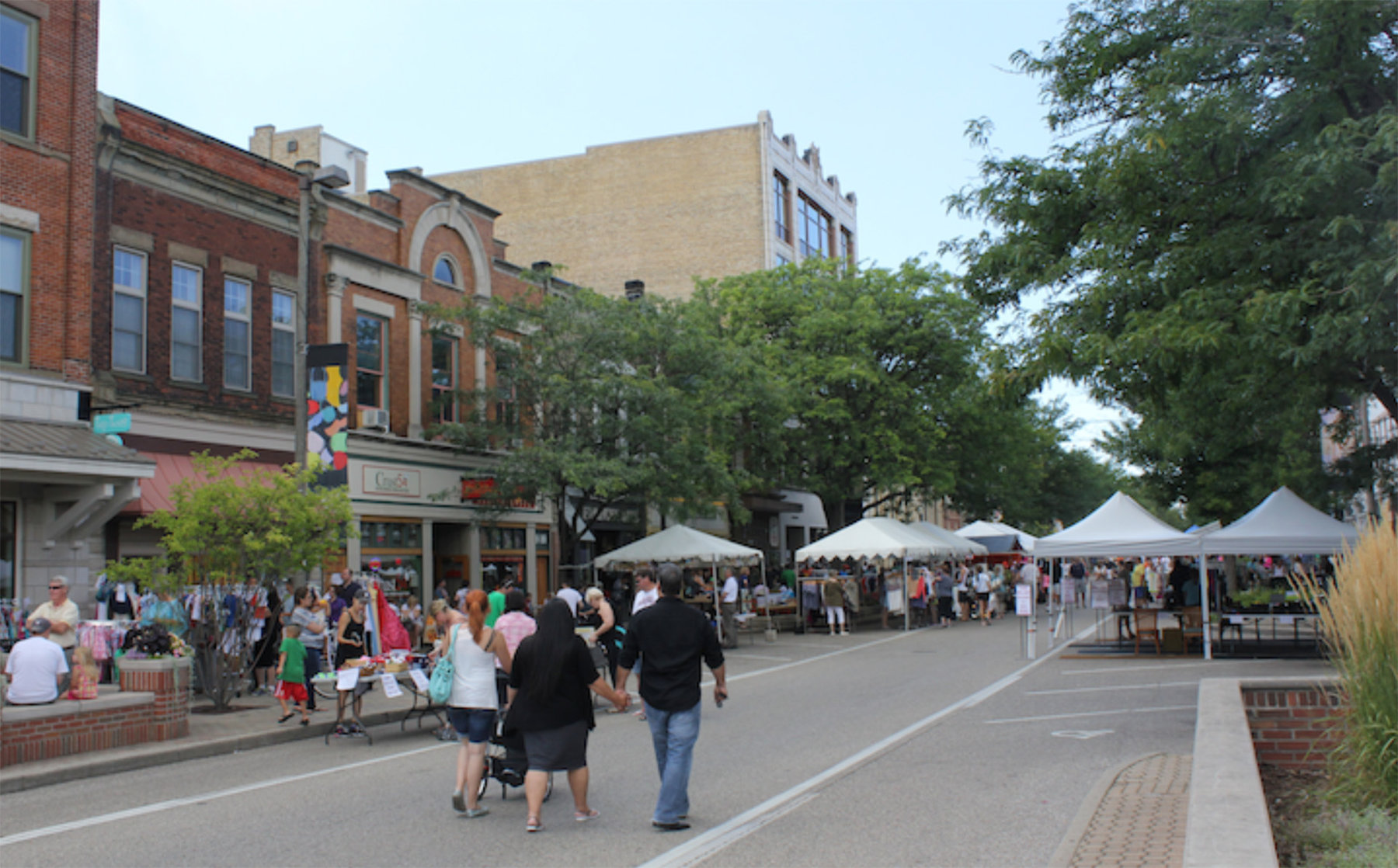Let’s get back to Holland. It’s the small lakeside manufacturing town in Michigan where we have spent a week. The picture above was taken 25 years ago, and it is part of a very important aspect of the city today.
A few days ago I mentioned the difficulty but also the necessity of forming working judgments based on partial information — and then continually refining judgments as more info comes in. This is the by-definition predicament of journalism: our work is the best version of reality available by deadline time. If there’s no deadline, you’re doing something else. But continual re-assessment is of course also part of the scientific process, of business decisions, of “permanent beta” experimentation, and of life as a whole.
As we begin our planned city-by-city set of reports for “American Futures,” we’re doing this in a more exposed-than-normal way. Usually for Atlantic articles I’d have a distinct research-and-interviewing stage, with my own private hypothesis-testing, and then wait until I’d reached deadline time (or, as my colleagues know, way beyond the supposed deadline) to suggest how the pieces fit together. Now we’re showing our work as we go.
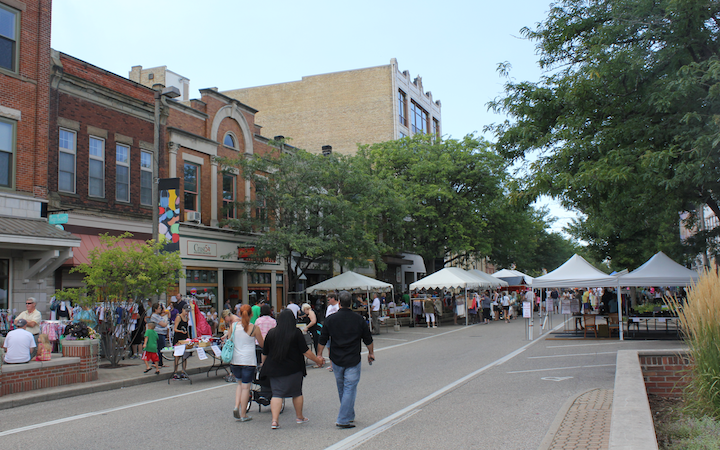
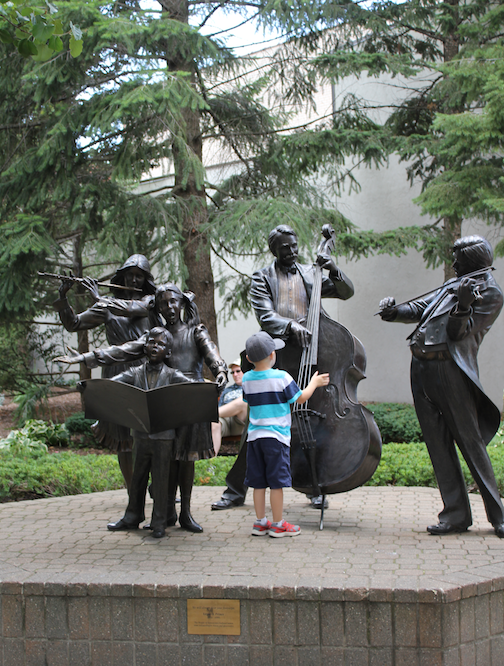
And, in fairness, the tents you see are for a special outdoor marketing evening, and some of the people strolling around were tourists who had come to lakeside resorts.
But by all accounts the downtown has a “real” life, apart from being a cutesy set or a tourist draw. Almost all of the shopfronts are occupied, with a combination of national brands and purely local operations. Strikingly, almost none of them are lawyers’ or doctors’ offices, financial consulting firms, or other “dead” professional space that does almost nothing to attract casual foot traffic. Instead, as I heard, it’s a deliberately sought mix of retail (at various levels), food and drink, and public spaces. (“Deliberately sought,” as I’ll explain in later installments, seems to characterize quite a lot about the town.)
Most of the second- and third-floor spaces above the shop fronts are apartments or offices, and there are also two large “senior-living” facilities right in the downtown. One of the local experts I asked about downtown, Greg Holcombe of a civic group called Riverview, said that the overall occupancy rate in the downtown area was around 95%. And, in a way I haven’t seen in exactly this form elsewhere, the private, religious-based Hope College runs seamlessly into the edge of the downtown district, without any suggestion that the environs are a standard college town. The downtown is small but — compared with most towns I know of this scale — it seems alive.
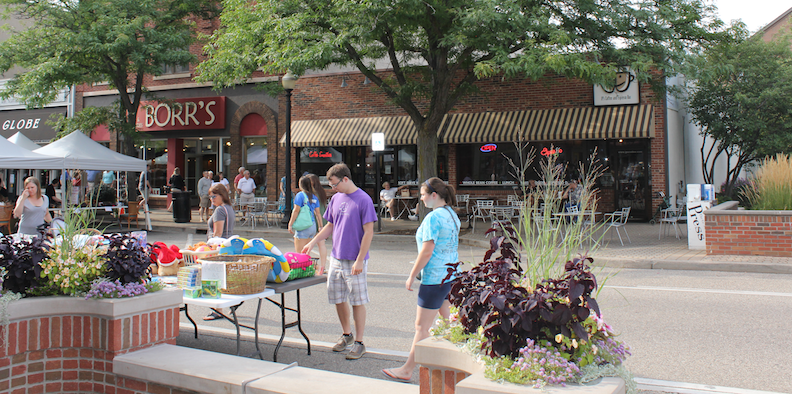
I am learning that every city has its own founding myth, or origin story — by which I mean a narrative that may or may not be technically true but that shapes an area’s sense of its successes and failures. The overall narrative of Holland’s downtown revival includes many of the elements I’ve mentioned before, especially a Dutch-style practicality, and philanthropy from but also deliberate control by the leading industrial families. Soon I’ll tell more about the way that control has been exercised, but for now I want to touch on a very practical and a cultural-social point.
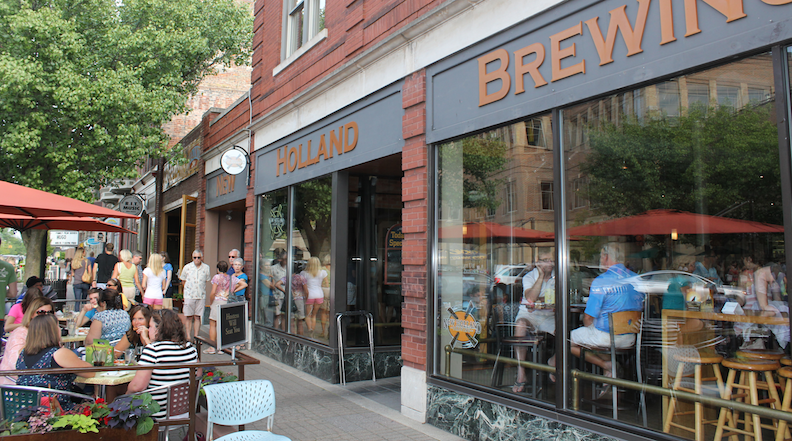
The practical element involves those orange pipes you see at the top of this post. They are part of the very unusual “snowmelt” system the city began installing 25 years ago to increase the allure of downtown when a “big box” mall was being built out of town. The short version of the story is that Edgar Prince, one of the many very successful industrialists in town (also ethnically Dutch, with original name Prins), proposed that the city install on its downtown sidewalks and streets a system he had tried in some of his factory loading docks. Holland also happens to have a giant coal-powered electric plant right on the downtown lakefront. Prince proposed and partly underwrote taking hot water from the plant’s cooling system and running it under the pavement to keep them free of snow.
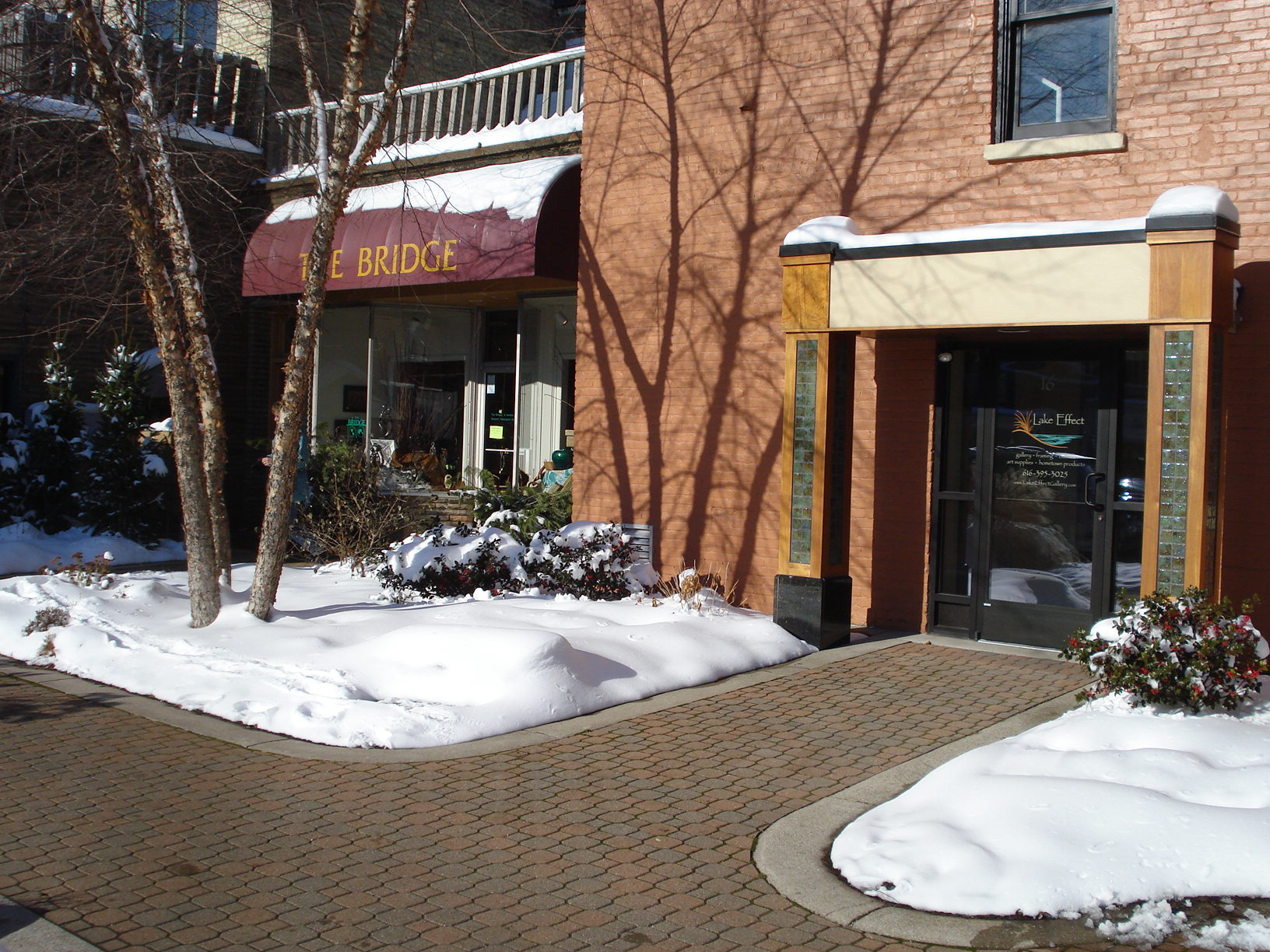
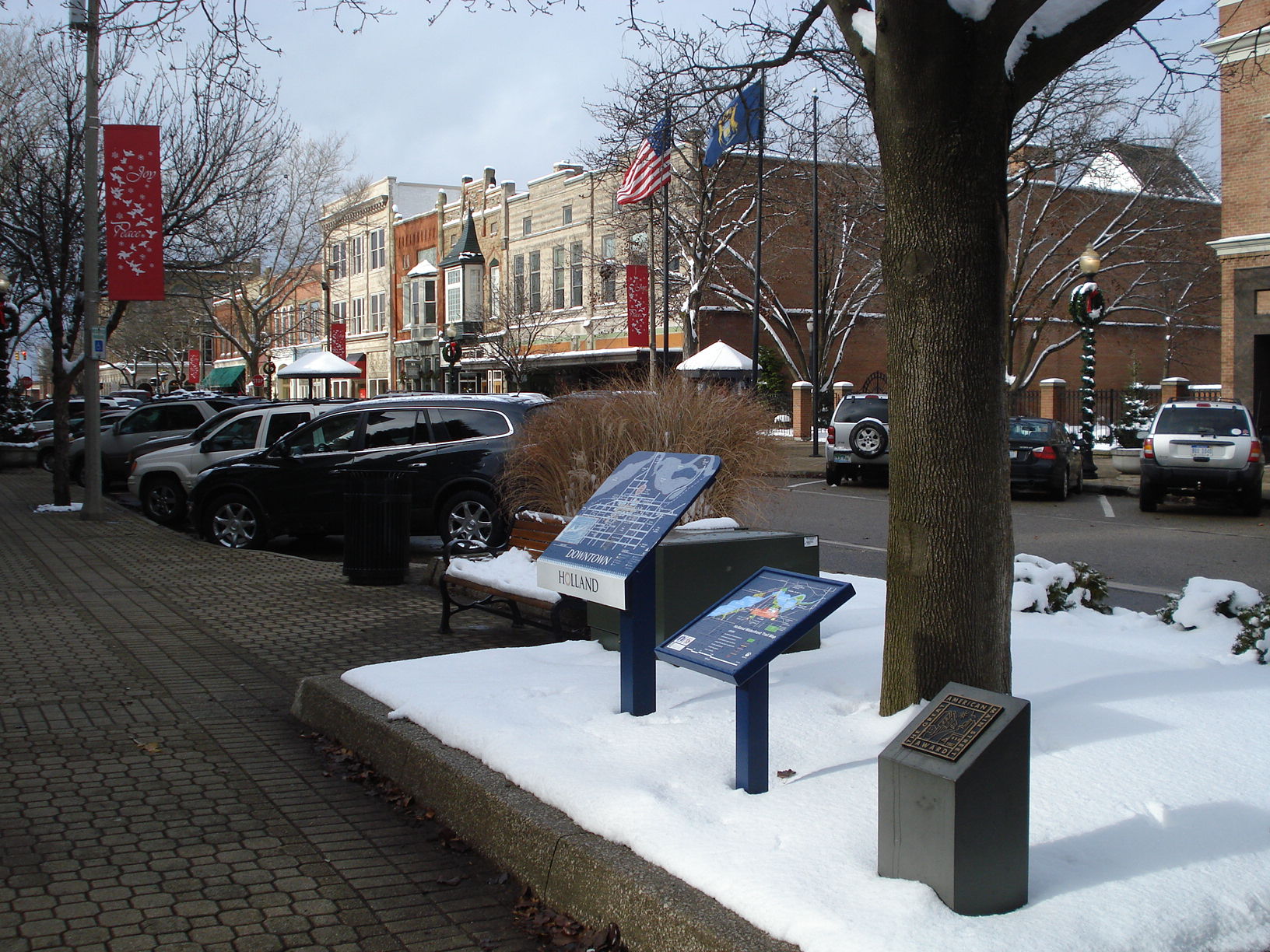
The coal-fired plant is about to be phased out and replaced by one using natural gas. The city has an ambitious “district heating” plan to use its waste-heat cooling water to expand the snowmelt system, heat the college, and so on. Here is one of the recent expansions of the system, using less gaudily colored hose.

Let me quickly tee up the other point. I heard it from most people I spoke with, but most clearly from Jack Groot, founder and owner of the very popular JP’s Coffeehouse downtown, across the street from New Holland. He came to the city about twenty years ago, as the downtown recovery was beginning.
Groot’s startup story is what people in any industry would recognize as a classic sequence. He thought coffee houses could be popular; “95% of the people I talked with thought I was crazy”; he saved money and borrowed from his parents, and it all worked. “It didn’t hurt that I have a Dutch name!” But he noticeably said, at the beginning and end of our talk, “I would not be here, at this level, without what is all around me” — by which he meant a revived downtown, snowmelted streets, long-term “patient capital” investment to redo the other shops, a systematic effort to lure chefs from big-city restaurants to come start business in Holland. The emphasis on rising and falling together was something I heard a lot — in this politically very conservative area. “I have the best location in all of Western Michigan!”
More on this saga, and its connections to the region’s big industrial families, coming up. Plus the migrant worker and school-system aspects.

